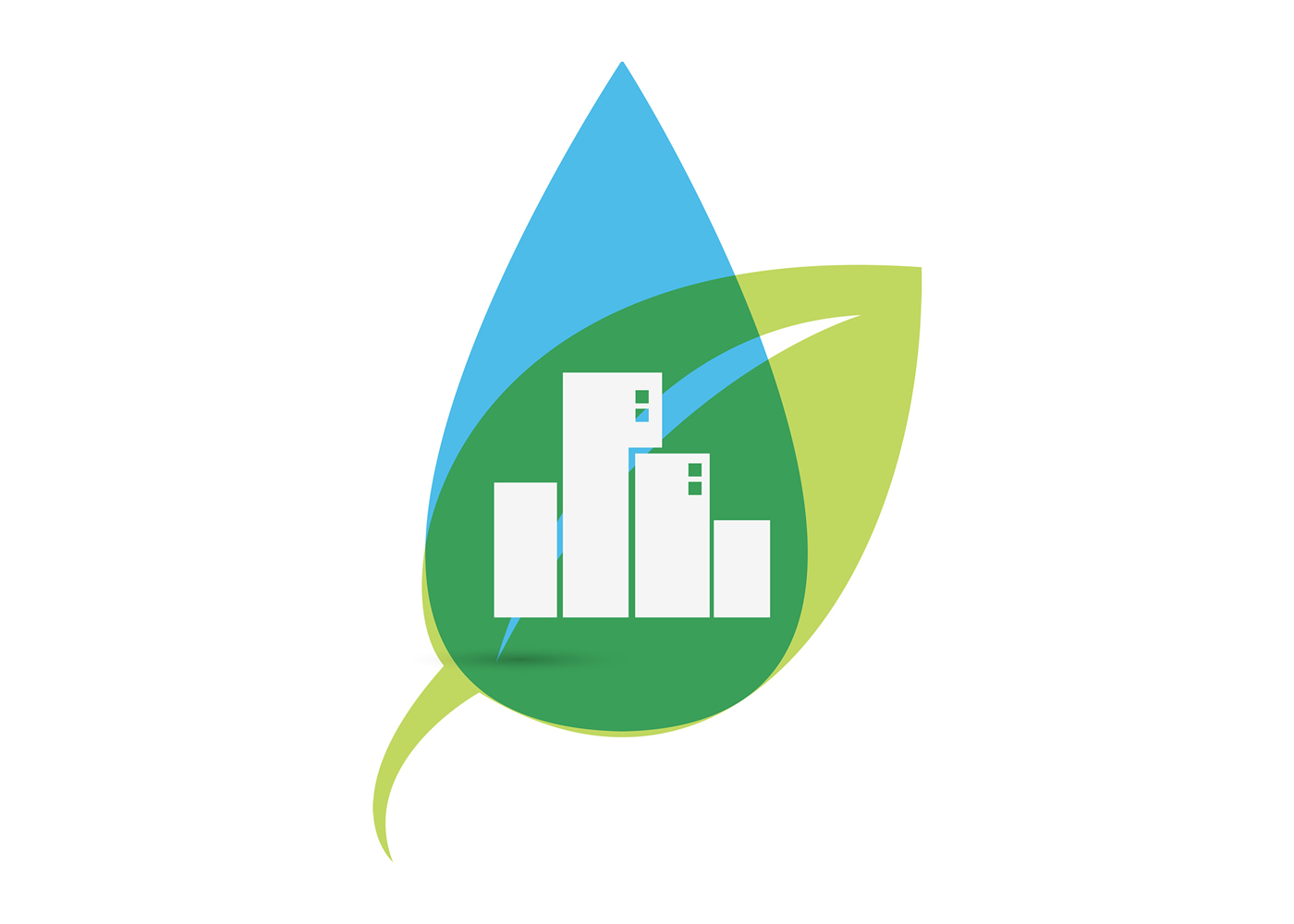Sustainable and Cost Effective Remediation using Bioremediation

Here's the scenario: Your leader comes in one morning and says:
"What's going on with this X remediation project? We are spending a lot of money every year and it's been going on for a long time. The Board wants to get this project off our Form 10-K this year. Let me know how we can do that."
Many corporate EHS/Sustainability organizations provide both technical and/or financial oversight for environmental remediation programs or projects that the corporation retains. Often, these projects may go on for years, or even decades, in an operation and maintenance (O&M) mode with no end in sight. It's now your task to figure it out!
Many sites in this O&M situation are there because past regulatory decisions or agreements, or technology limitations existed at the time they were installed. Sometimes it is the "safest" decision just to continue what's been done. Occasionally, a driver steps in and changes the risk equation, like the scenario above.
New and more sustainable technologies have emerged that should be considered for difficult settings or where older technologies are not able to achieve a designated clean up goal. Some common in-situ remediation technologies (ISRTs) include Soil Vapor Extraction (SVE) Air Sparging (AS), Electrical Resistance Heating (ERH), Chemical Oxidation (ISCO), Groundwater Bioremediation and Enhanced Reductive Dechlorination (ERD), Multi-Phase Extraction (MPE), Bioventing, and Bioaugmentation.
The use of In-situ remediation approaches, specifically incorporating bioremediation, can:
- Significantly reduce the timeline to final closure,
- Reduce or eliminate ongoing costs for long term operation and maintenance,
- Destroy contaminants on-site,
- Reduce long-term monitoring
- Reduce O&M corporate reserves
- Eliminate off-site disposal, and
- Reduce legacy environmental risks.
In addition to offering cost savings, these techniques can align within corporate sustainability programs by integrating sustainable and green remediation plans. This is an exciting time in the remediation world as more technologies are being developed and designed for unique, site-specific conditions, and the effectiveness of these ISRT technologies work as the final corrective action option, or as a polish for previously implemented systems.
To hear more examples of bioremediation approaches and results, join NAEM for the October 6 webinar on "Sustainable and Cost-effective Bioremediation".
Related
About the Author

Marty Moran
Marty Moran is Director of Environmental Operations for Pinnacle Engineering in Minneapolis, where he delivers practical approaches to
difficult business and operational compliance challenges. His specialties include EHS regulatory compliance oversight for retail, distribution,
manufacturing and other corporate operations; mergers and acquisition and property transaction related due
diligence and liability review; and environmental assessment and design of soil/groundwater remediation projects.

